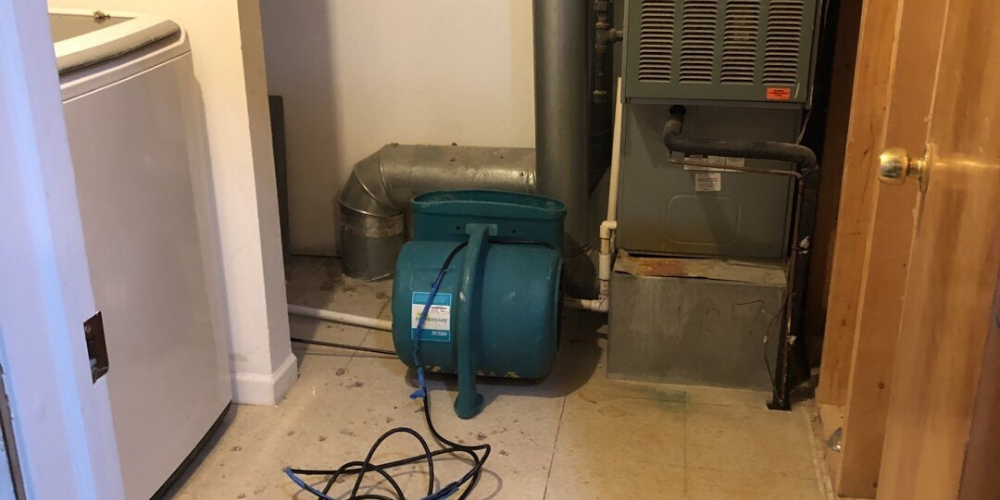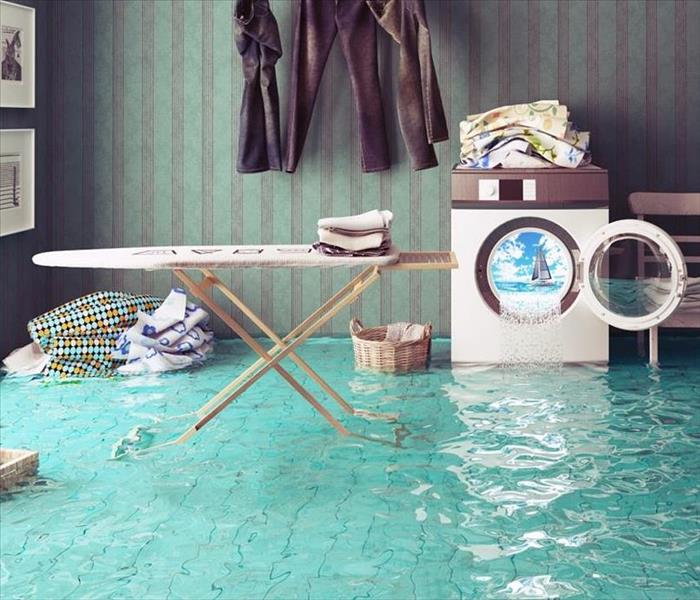Step-By-Step Tips To Managing Emergency Water Overflow From Your Washer
Step-By-Step Tips To Managing Emergency Water Overflow From Your Washer
Blog Article
What are your ideas concerning Washing Machine Overflow ?

Just how you hand those valuable minutes after your cleaning device leaks and floodings can impact how rapid your residential or commercial property obtains recovered. Recognizing what you have to do and who to call can conserve you from substantial damage. It will additionally help assist you in filing for home owners insurance protection. Take a look at these leading suggestions listed below:.
Shut off the Power.
Turn of the circuit breaker where the cleaning equipment is. It is vital to make certain the washing machine is off. Water is a conductor, and also doing this step ensures no one deals with electrocution. Besides, you should not use your washing machine till an expert repairman has examined it.
Secure the Standing Water.
As you wait on the plumber or repair service professional ahead, you must deal with the flood. If your washing machine remains in the cellar with extensive flooding, you require a submersible pump to secure the water. You can rent or borrow this. Nevertheless, if it happens in the middle of the evening, the old pail approach will certainly likewise work. Use several containers to by hand unload out the water. It would be best if you did this as soon as possible, as the longer the water stays, the a lot more substantial the damage.
Call the Pros.
If you think the problem is with your water line, you require to call a qualified plumber. However, if you are not sure, call a washer repairman for a quick evaluation. This person can inform you best what the problem is. It could be an issue with the machine itself or the pipes connecting to the device.
Record the Damages.
Prior to tidying up this emergency flooding circumstance, you need to document whatever. Take notes, pictures, and videos. It would certainly be best if you had all of this as evidence to support your insurance coverage cases. After that you can call your homeowner's insurance coverage carrier to check what other demands they need to process your request.
Vacuum Cleaner Any Kind Of Remaining Water.
Utilizing a wet/dry vacuum cleaner, get rid of the rest of the water, and pull it from porous products like baseboards, drywall, flooring, and carpeting.
Turn Off Water Supply.
You have to turn off the water of the device. Whether it overflows for unknown factors, breaks down in the lower pipelines, or ruptures the major hose, you will be dealing with incredible quantities of water. If the neighborhood supply line to the washing machine doesn't shut it off, you should switch off the primary water valve outside your home.
Dry the Location as Much as Possible.
After getting the standing water, obtain mops or old towels to draw out as much water from the flooring or carpeting. Keep the home windows open to flow the air. You may also use electrical fans to speed up the drying out procedure. Bear in mind, water will certainly trigger mold and mold and mildew development which is damaging to your wellness. If you feel that the scenario is way too much to take care of, you can likewise seek water removal solutions from a reconstruction company. Your insurance coverage case could likewise help pay for this service, so simply ask.
Bear in mind, a broken washer with dripping pipelines will cause disastrous damage because of the enormous amounts of water it can offload. Thus, it would aid to have your maker and water lines evaluated each year. You can look for assistance from a reliable plumber to replace your supply line hoses. Doing inspections stops difficult breakdowns and also costly malfunctions.
The Best Tips for Cleaning Up After A Washing Machine Overflow
A washing machine can be a huge time-saver when you need to clean a lot of dirty clothes quickly. It eliminates the effort that is required to wash clothes by hand. Also, it s very easy to wash clothes with a washing machine. Just load your laundry in the machine, add soap, start the cycle, and let the machine do all the work.
However, like other appliances in your home, your washing machine can also malfunction. And if this happens, it could result in a washing machine overflow or flood.
A washing machine flood can cause serious damages to your property and possessions, including your flooring, interior walls, documents, furniture, cabinets, and other important things in your home if left unattended for long. Also, it could lead to mould growth. That s why you must begin cleaning up as quickly as possible after a washing machine overflow or flood.
In this article, we will explore some cleanup tips that can help you prevent extensive water damage after a washing machine overflow. So, let s get started.
Tools and Equipment Needed for The Cleanup
Mop Bucket Soap Towels Bleach Baking soda Wet-dry vacuum Pump Dehumidifier Drying Fans, etc. Turn Off Your Main Water Supply Line
The first thing you need to do after a washing machine flood is to turn off the water. It will prevent more water from flowing in and compounding the problem. Consider turning off your main water supply line to fix the problem.
Unplug Your Washing Machine
Once you are done with turning off the water, consider unplugging your washing machine. It may stop the overflow if there is a problem with your washing machine drain pipe.
However, don t press Cancel on the control panel of your washing machine. It may cause the washing machine to drain the water, which could make a bigger mess.
Clean Up As Much Water As You Can
Next, you need to work to remove standing water. You can use a mop to soak up soap and water. You can consider pumping out the water if the water level is more than an inch from the ground level. Also, you can use a wet-dry vacuum to pull out water from your carpets, rugs, and walls.
Dry Your Home
Washing machine floods can create a flooded area surrounding the washer. It would help if you considered dry out the site as soon as possible. First of all, turn on your regular house fans. You can also use high-volume drying fans to decrease drying time. Also, place dehumidifiers near damp spots. Consider removing wet carpets and rugs from the room. It will speed up the drying process.
Disinfect The Room
Mould and bacteria contained in the water can cause several health issues such as breathing problems, allergic reactions, infections, etc. That s why it s a good idea to disinfect the area after a washing machine overflow or flood.
Just combine one cup of bleach with a gallon of water, then wipe down walls, floors, and other areas that have been affected by the washing machine flood.
Repair the Washing Machine
You may need to repair your washing machine before you can use it to wash your clothes as usual. If any of the parts have been damaged, you can search for replacement parts online. However, you may need to replace the washing machine if it is very old or can t be fixed. A professional technician can give you the right advice in this regard.
Damaged Water level Switch
When a washing machine overflows while filling, this usually means the water level switch has been worn out. These types of problems mostly happen with top-loading washing machines.
Drain Pump Problem
The drain pump of a washing machine has many connections and seals. These seals can wear out over time. This can cause a washing machine flood.
https://ministryofcleaning.com.au/the-best-tips-for-cleaning-up-after-a-washing-machine-overflow/

I have been very interested in Washing Machine Flooding and I am praying you liked the new blog posting. Sharing is good. Helping others is fun. Thank you for your time. Come back soon.
Visit My Website
Report this page